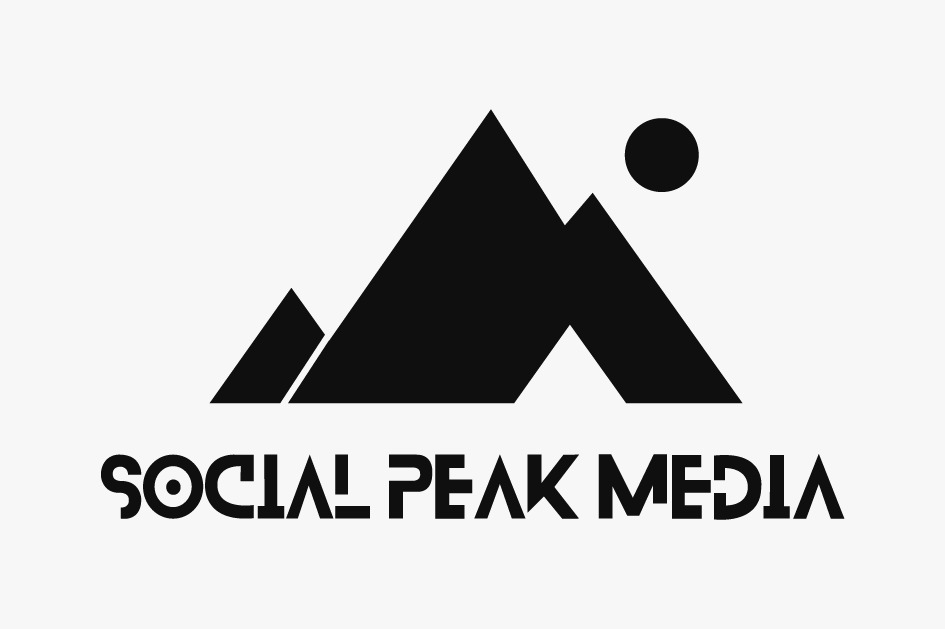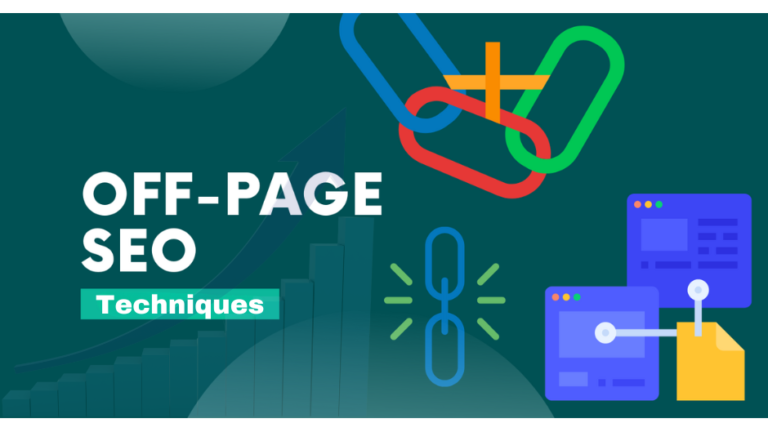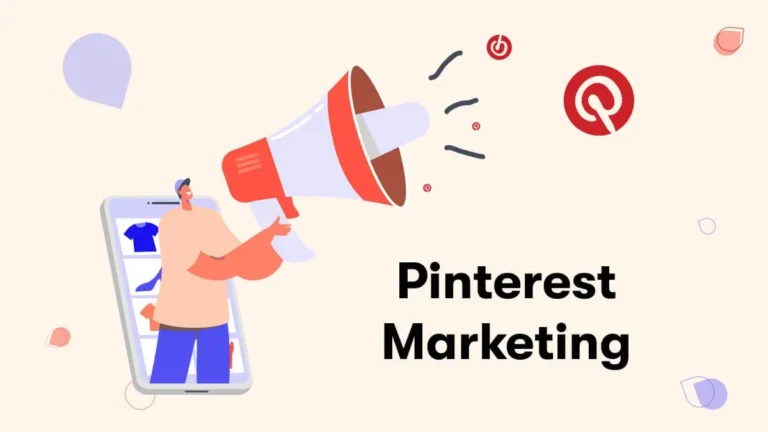10 Headline Formulas to Skyrocket Your Blog Engagement
A practical guide to writing irresistible blog post titles that drive clicks and shares. (Evergreen)
In the crowded digital landscape, your headline is the first—and sometimes only—chance to grab your reader’s attention. Even the most valuable, well-researched content will go unnoticed without a compelling blog post title that entices your target audience to click.
Research shows that while 8 out of 10 people will read your headline, only 2 out of 10 will actually click through to read your content. This makes mastering the art of writing great headlines essential for anyone looking to grow your blog and increase engagement.
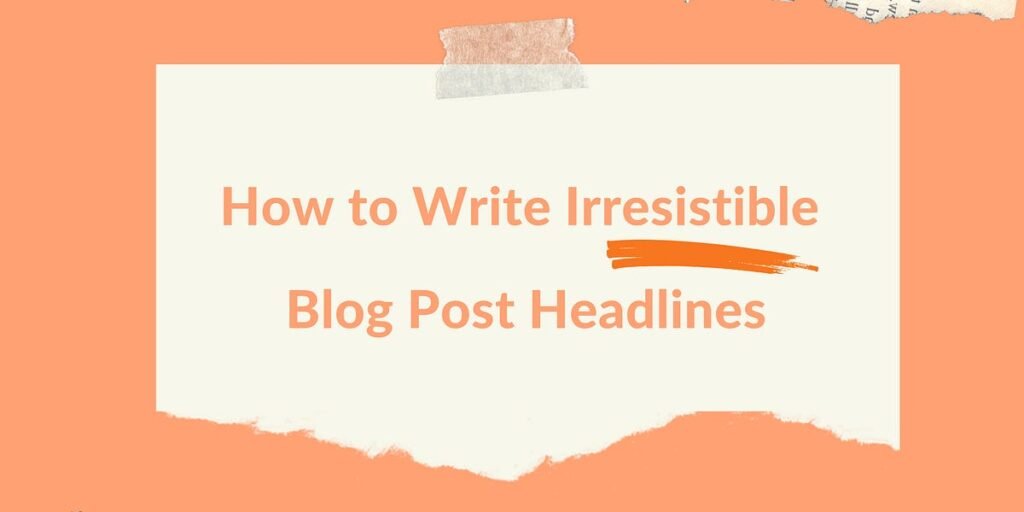
In this article, we’re breaking down 10 headline formulas to boost blog clicks & engagement,because great content means nothing if no one clicks. Whether you’re writing for SEO, social media, or newsletter hooks, the right headline is your golden ticket. These proven formats will help you grab attention and grow your audience without feeling like clickbait.
Why Your Blog Title Matters to Your Target Audience
Before diving into specific headline templates, it’s important to understand why headlines are so crucial to your blog content strategy.
Your blog title is the gateway to your content—it’s what readers see first in search engine results, social media feeds, and email newsletters. A strong headline serves multiple purposes:
- It helps readers find content relevant to their interests or problems
- It communicates the value proposition of your article
- It can significantly impact your search engine ranking
- It determines whether someone will click on your article or scroll past it
Whether you’re launching a blog or looking to revitalize an existing one, investing time in writing effective headlines will pay dividends in engagement metrics.
How to Write Headlines That Grab Attention and Drive Clicks

Medium
Creating catchy headlines isn’t about clickbait or misleading your audience. The best headlines strike a balance—they grab the reader’s attention while accurately representing the content that follows.
Effective headlines typically:
- Include specific, relevant keywords (based on thorough keyword research)
- Use power words that evoke emotion
- Create a sense of urgency
- Make clear, compelling promises
- Are concise and scannable
- Help your readers understand what problem you’re solving
Now, let’s explore the 10 headline formulas that will transform your approach to crafting blog titles and help you attract more visitors to your site.
10 Headline Formulas That Will Skyrocket Your Blog Engagement

Blog Tyrant
1. The How-To Formula: Direct, Actionable Value
The how-to headline template is a classic for a reason—it directly promises a solution to a problem or a path to a desired outcome.
Formula: How to [Achieve Desired Outcome] Without [Common Pain Point]
Examples:
- “How to Write Headlines That Convert Without Spending Hours on Each One”
- “How to Increase Blog Traffic Without Paying for Ads”
What makes this formula work is that it clearly communicates what the reader will learn while addressing a common obstacle. When you’re writing a how-to headline, focus on making it specific and actionable.
2. The List Formula: Organized, Scannable Content
List posts (often called “listicles”) remain among the most shareable content formats because they promise organized, digestible information.
Formula: [Number] [Adjective] Ways to [Achieve Desired Outcome]
Examples:
- “7 Unexpected Ways to Increase Your Blog’s Social Shares”
- “21 Proven Techniques to Make Your Headlines More Clickable”
The number in your headline promises a specific quantity of tips or ideas, setting clear expectations for readers. Odd numbers often perform best in list headlines, as they appear more authentic and researched rather than rounded up.
3. The Question Formula: Engage Curiosity
A question headline directly engages readers by making them consider the answer—and click to find out if they’re right.
Formula: Is [Common Belief] Actually [Unexpected Truth]?
Examples:
- “Is Your Headline Strategy Actually Hurting Your SEO?”
- “Are You Making These 5 Headline Mistakes That Drive Readers Away?”
Questions work best when they challenge assumptions or tap into common concerns your target audience has. They make readers feel like you understand their situation and have insights to share.
4. The Negative Angle Formula: Addressing Pain Points
Headlines that focus on avoiding mistakes or negative outcomes often outperform positive ones because humans are naturally loss-averse.
Formula: [Number] [Negative Thing] That Are [Negative Consequence]
Examples:
- “5 Headline Mistakes That Are Killing Your Conversion Rates”
- “7 Blogging Habits That Make Readers Abandon Your Site”
This formula works because it triggers fear of missing out (FOMO) and presents your content as a way to avoid negative consequences. Just be sure your content delivers helpful solutions, not just fearmongering.
5. The Secret Formula: Exclusive Knowledge
People love insider information and secrets that give them an edge. This formula positions your content as revealing exclusive knowledge.
Formula: The Secret to [Desired Outcome] That [Ideal Reader] Don’t Know About
Examples:
- “The Secret to Writing Headlines That Editors Can’t Resist”
- “The Hidden Formula Behind Headlines That Consistently Go Viral”
When using this formula, ensure your content actually delivers something unique or presents common knowledge in a fresh, insightful way to avoid disappointing readers.
6. The What/Why/How Formula: Complete Solutions
This comprehensive approach signals that your article will provide complete understanding of a topic.
Formula: What, Why, and How: [Complete Topic Understanding]
Examples:
- “What, Why, and How: Creating Headlines That Dominate Search Results”
- “What, Why, and How: Building a Headline Strategy That Drives Consistent Traffic”
This formula works because it promises comprehensive coverage, appealing to readers who want thorough understanding rather than quick tips.
7. The Case Study Formula: Proven Results
Case studies leverage social proof and real results to establish credibility and interest.
Formula: How [Person/Company] Achieved [Impressive Result] With [Method]
Examples:
- “How This Blogger Increased Click-Through Rates by 327% With 3 Headline Changes”
- “Case Study: How We Doubled Blog Traffic by Optimizing Headlines Alone”
Specific numbers and results make these headlines particularly compelling. They give the reader confidence that your methods are proven, not just theoretical.
8. The Curiosity Gap Formula: Create Intrigue
This formula creates curiosity by hinting at valuable information without revealing it completely.
Formula: [Number] [Unexpected Adjective] Ways to [Achieve Goal]
Examples:
- “7 Counterintuitive Headline Tactics That Attracted 10,000 New Readers”
- “5 Unusual Headline Formulas Your Competitors Don’t Know About”
The key is balancing curiosity with enough information to make the topic clear. Pure clickbait without substance will damage trust over time.
9. The Ultimate Guide Formula: Comprehensive Resource
Positioning your content as the definitive resource on a topic attracts readers looking for thorough, authoritative information.
Formula: The Ultimate Guide to [Topic] for [Specific Audience]
Examples:
- “The Ultimate Guide to Writing Headlines That Convert for Small Business Bloggers”
- “The Complete Handbook of Headline Optimization for E-commerce Sites”
This formula works best for longer, genuinely comprehensive content. Don’t use “ultimate guide” for a brief overview, or you’ll damage reader trust.
10. The Personal Experience Formula: Authentic Connection
Sharing personal results creates authenticity and suggests practical, tested advice.
Formula: How I [Achieved Result] by [Method/Change]
Examples:
- “How I Increased My Blog’s Click-Through Rate by 200% Using These 5 Headline Patterns”
- “I Tested 50 Different Headlines: Here’s What Actually Worked”
This formula builds trust through transparency and shows readers you’ve personally validated your recommendations.
Writing Great Headlines: Best Practices for Implementation

Cave Social
Now that you’re familiar with these powerful headline formulas, let’s look at some best practices to help you become a better headline writer:
Conduct Thorough Keyword Research
Before writing blog post titles, understand what terms your target audience is searching for. Use tools like SEMrush, Ahrefs, or even Google’s suggested searches to identify relevant keywords for your content.
Incorporating these terms naturally into your headlines will help your content rank better in search engine results and ensure you’re addressing topics your audience cares about.
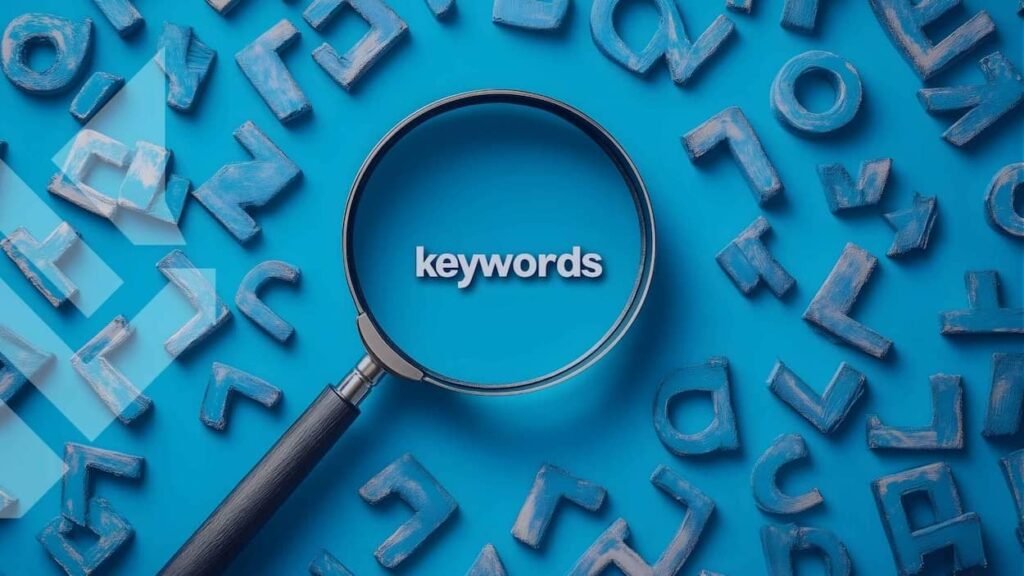
WolfPack Advising
Test Multiple Headlines Before Publishing
Don’t be afraid to draft 10-15 different headlines for each piece of content. Even professional copywriters rarely nail the perfect headline on the first try.
Consider testing different versions with tools like CoSchedule’s Headline Analyzer or share options with a small audience to see which generates more interest before finalizing.
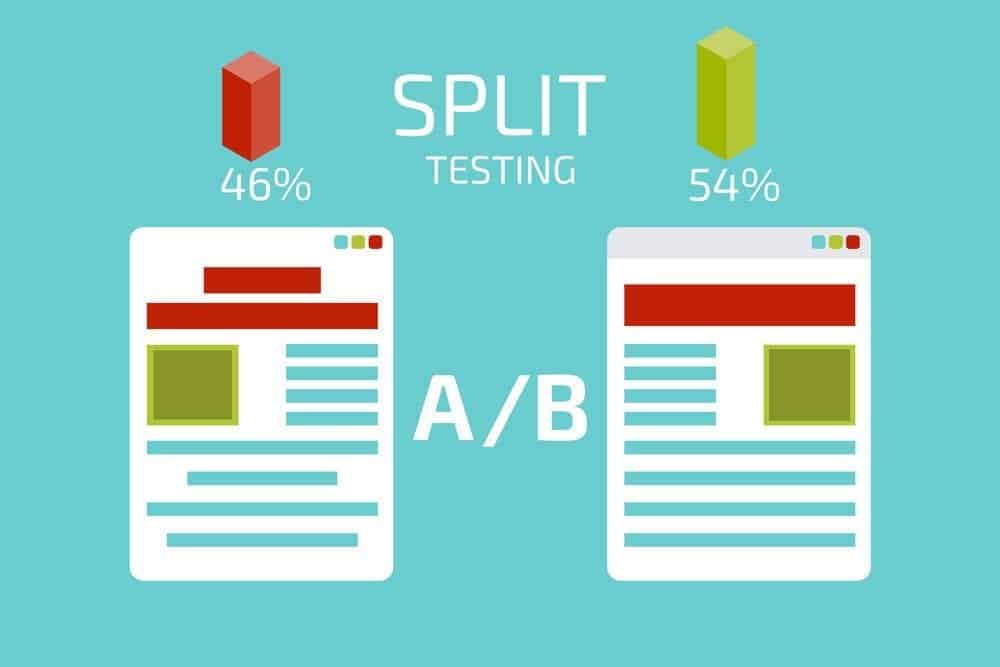
Use Power Words to Evoke Emotion
Power words are terms that evoke emotional responses and can dramatically increase the impact of your headlines. Words like:
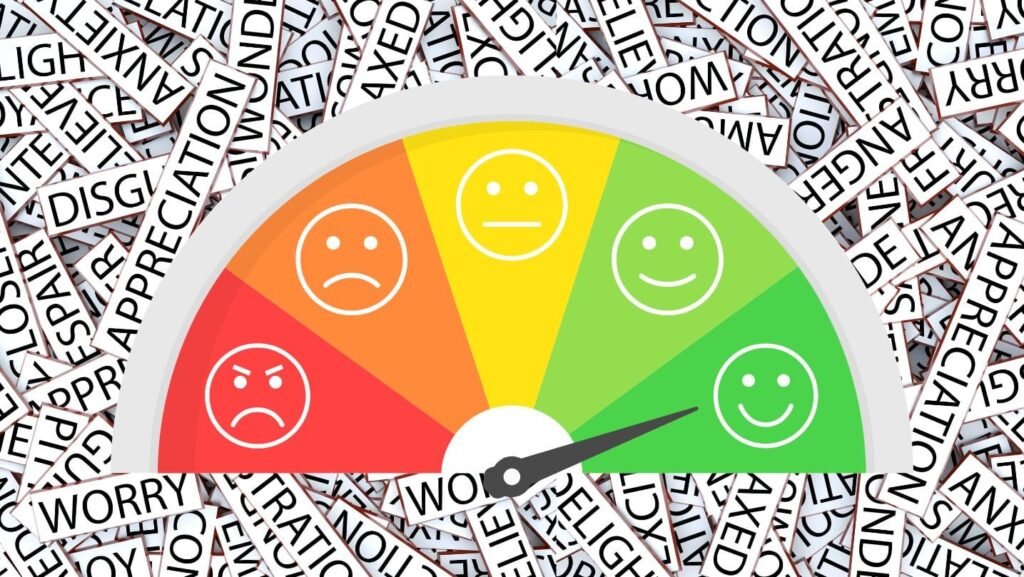
- “Essential”
- “Proven”
- “Exclusive”
- “Surprising”
- “Guaranteed”
These terms help grab attention and create emotional resonance with your readers’ attention.
Consider Your Headline Length
While there’s no perfect headline length, research suggests:
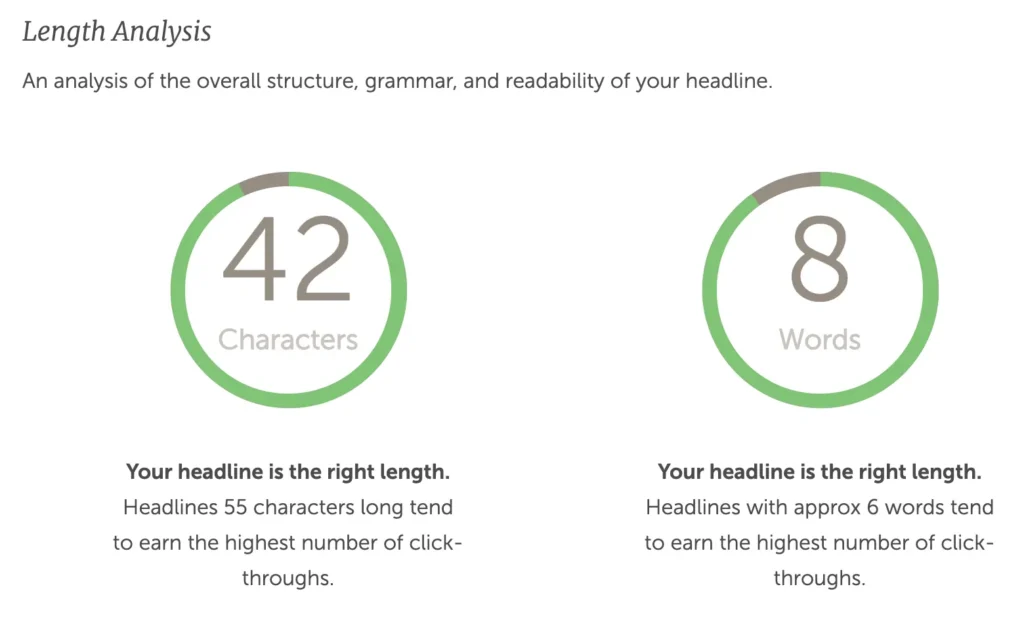
- Search engines typically display the first 50-60 characters
- Email subject lines often get cut off after 40-50 characters
- Social media platforms have varying display limits
Aim to put your most important words at the beginning of your headline to ensure they’re visible in all contexts.
Deliver on Your Headline’s Promise
Perhaps the most important rule: every piece of content must fulfill the promise made in your headline. If your headline promises “7 Actionable Tips,” make sure you deliver exactly that.
Over-promising and under-delivering is the fastest way to lose reader trust and damage your reputation. Build trust by ensuring your content always meets or exceeds the expectations set by your headline.
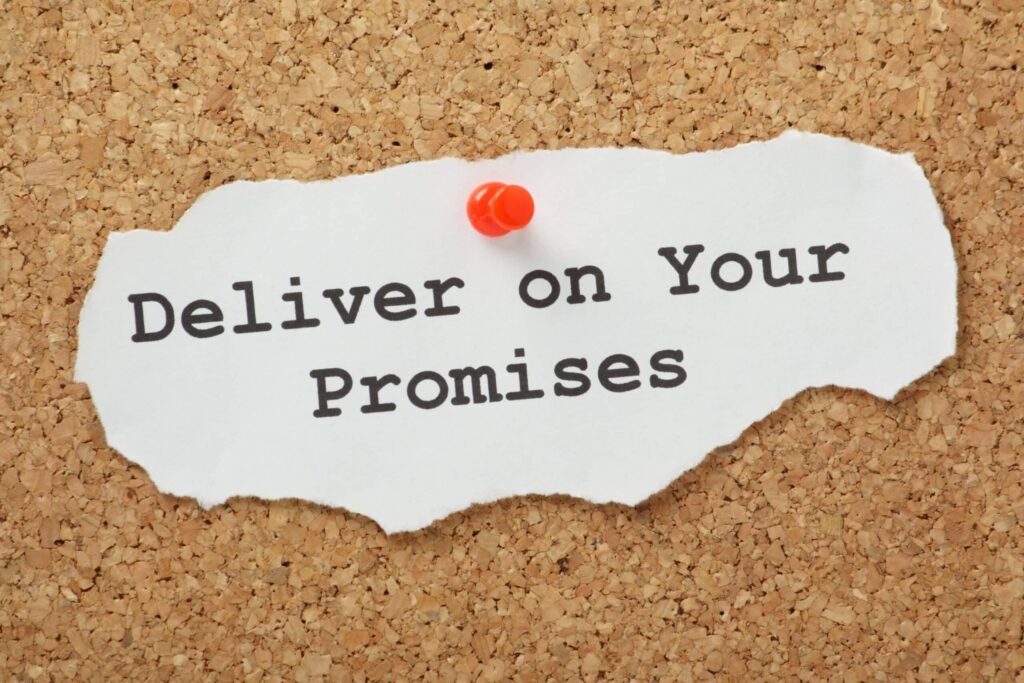
The Revenue Optimization Companies
Tools to Enhance Your Headline Writing Skills

To improve your headline crafting abilities, consider these resources:
- CoSchedule Headline Analyzer: Scores your headlines based on word balance, length, sentiment, and more
- BuzzSumo: Analyzes which headlines and content types perform best in your industry
- Answer the Public: Identifies questions people are asking about your topic
- Hemingway Editor: Helps make your headlines clearer and more concise
These tools can provide objective feedback on your headlines and help you refine your approach over time.
Measuring Headline Performance

To truly optimize your headlines, you need to measure their performance. Key metrics to track include:
- Click-through rate (CTR)
- Time on page (Did readers stay after clicking?)
- Social shares (Did readers find your content valuable enough to share?)
- Conversion rates (Did your headline attract readers who took desired actions?)
By analyzing these metrics, you can identify patterns in what types of headlines resonate best with your specific audience and refine your approach accordingly.
Final Words: Start by Writing Better Headlines Today
Mastering the art of writing great headlines is one of the most valuable skills you can develop to grow your blog and help you attract more visitors. The right headline can be the difference between content that goes unnoticed and content that drives significant engagement and traffic to your site. While these headline formulas provide a solid foundation, remember that what works best will ultimately depend on your specific audience and niche.
Start by writing variations using these templates, then test and refine them based on performance. The most successful bloggers continuously experiment with different headline approaches, learn from the results, and apply those insights to future content.
What headline formula will you try first? Your next captivating blog post title could be the one that takes your content from overlooked to unmissable.
